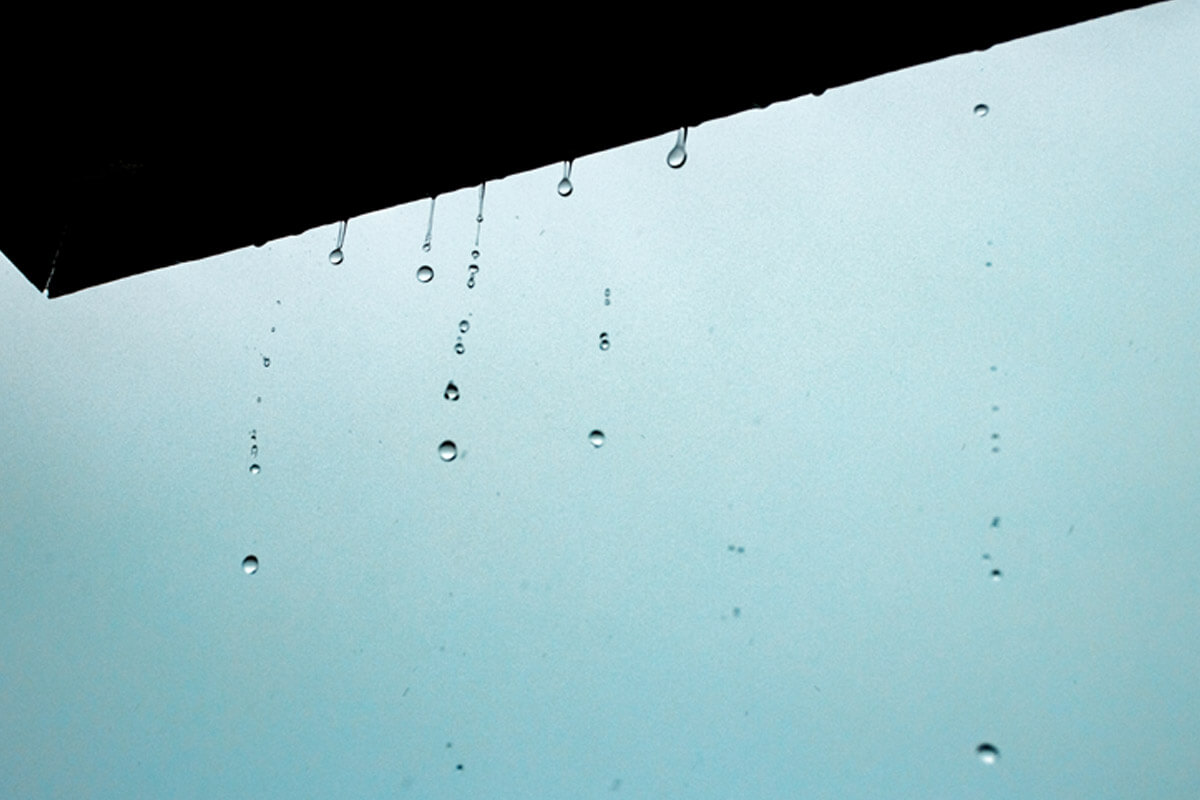
Dispelling the Myth About Metal Building Condensation
Water represents the single greatest risk to homes and commercial buildings, regardless of the construction materials. When rain seeps through gaps in a roof, the moisture can cause weight-bearing beams to weaken. Damp, cool spaces behind walls are also a breeding ground for hazardous mold growths.
Although unsightly, water penetrations through a metal structure’s roof do not necessarily pose the same level of risk as their stick-built counterparts. Steel beams simply do not decay from moisture contact. Even though — all things being equal — metal construction remains a superior protection against water, a myth persists that state-of-the-art facilities struggle with condensation. Nothing could be further from the truth.
What Causes Condensation?
It’s essential to understand that condensation is a naturally occurring phenomenon involving moisture in the air and relatively abrupt temperature shifts. Warm air holds the moisture as a vapor that is released when it cools, typically in the morning. If you walk outdoors just as the sun rises, the dew on the ground is caused by condensation.
Some speculate that metal exteriors may be more prone to heating and cooling due to the sun’s rays and shifting temperatures. That may be true on the outside of a coated, galvanized steel structure. Of course, the same holds true for any residential or commercial building. And those cheaply made metal sheds that go without maintenance and care for years will likely be impacted by condensation. However, comparing them to the next-generation technologies used in steel facilities goes well beyond comparing apples and oranges.
How Today’s Metal Building Reverse Condensation
The first line of defense against moisture penetrations involves installing a secure roof. Damaged or inadequately maintained roofs remain the primary reason water infiltrates structures and causes damage. Metal roofs are generally better defenses against severe weather because the long sheets resist the tearing and cracking suffered by asphalt shingles and others.
Today’s steel buildings also deploy anti-moisture materials such as vapor retarders. These thin barriers deter water from entering the facility or condensation from accumulating on the interior walls. When installed by experienced professionals, vapor barriers eliminate sweating.
Properly installed insulation also plays a significant role in preventing condensation build-ups. As noted early, moisture in the air, coupled with sudden temperature shifts, results in dew on the ground and condensation on hard surfaces. Insulation helps maintain a steady temperature throughout a building and along the roof’s interior.
Commercial building owners and managers also need to do their part by utilizing HVAC systems strategically. It’s important to avoid raising or dropping temperatures when air humidity is high. Steady temperatures ensure the conditions for condensation inside a facility to not present.
Condensation will occur under specific conditions regardless of what building materials are employed. But metal structures do not suffer weakening supports from water penetrations. By working with an experienced contractor, appropriate vapor barriers, insulation, and a state-of-the-art design easily dispel the condensation myth.
Work with the Experts
If you are considering a commercial building, metal construction remains a cost-effective and durable choice. The experienced professionals at Dutton & Garfield provide state-of-the-art metal building designs and construction for New England businesses. Contact us for a consultation today.
